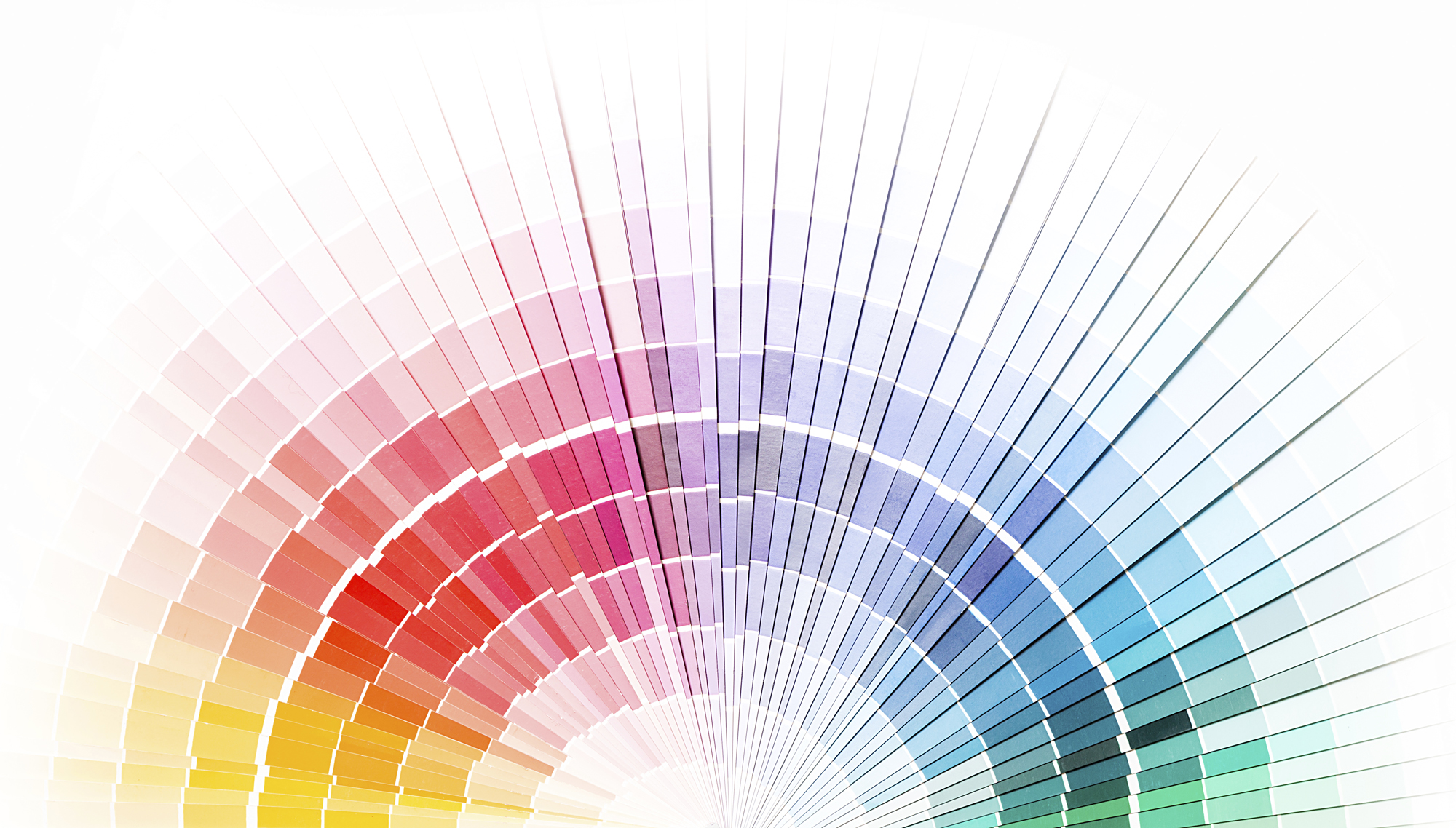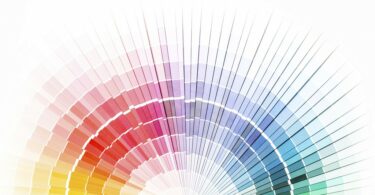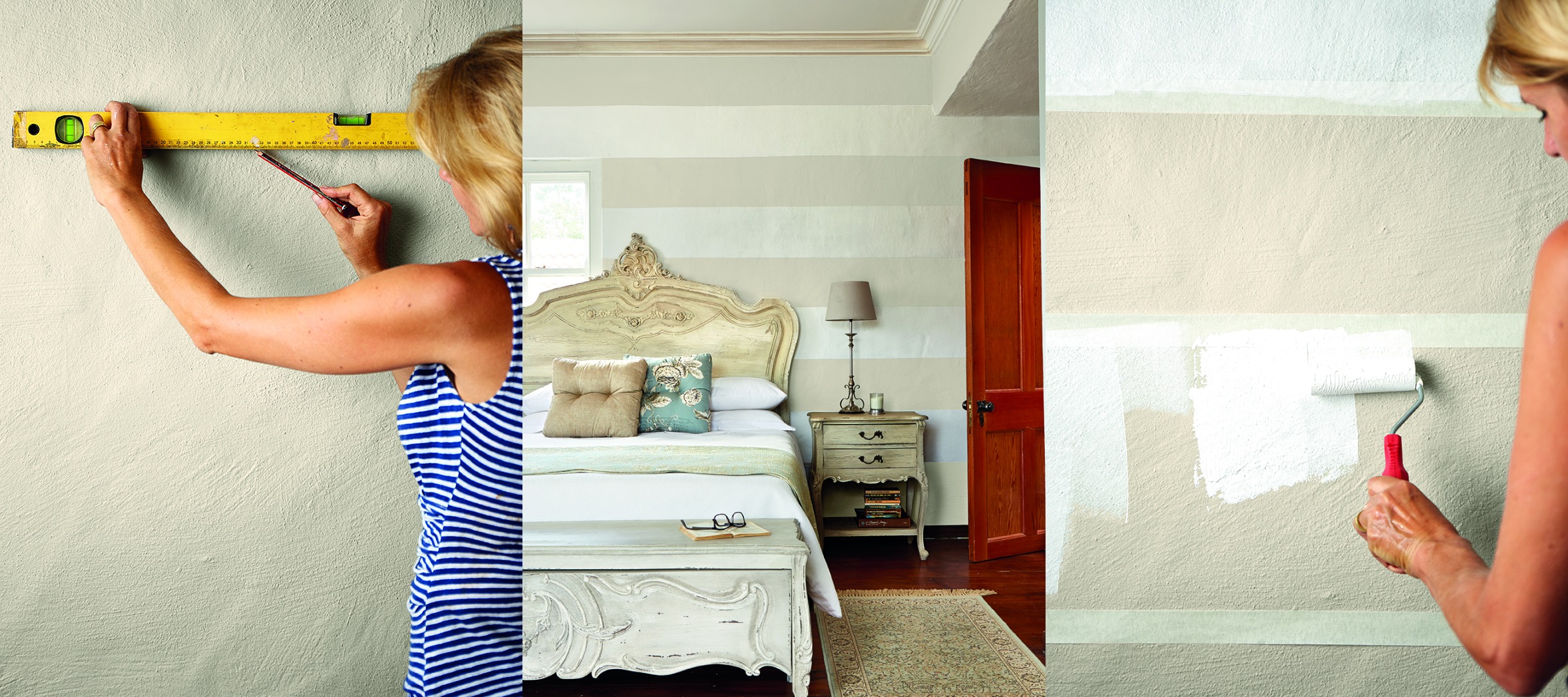From how to deal with flaking paint, to which paint to use for Vibracrete, Plascon’s team of specialists answers your burning DIY questions.
Q: The paint on the metal window frames of our house is badly cracked and chipping off in places. How do we go about fixing this? Should we strip off the paint first, or can we just paint over it? Also, is there a specific undercoat we should be using?
A: The cracking and chipping could be related to the putty. Remove all flaky paint, then replace the loose putty and fill any cracks in the putty using Polycell Mendall 90. Allow the putty to cure for a couple of weeks. Prepare and prime any rusty spots using Plascon Metal Primer before applying two coats of Plascon Velvaglo Enamel. Allow 16 to 24 hours to dry between coats.
Q: What do you do with paintbrushes and rollers after you’ve painted something? How does the cleaning process differ for enamel paints versus water-based ones?
A: It’s important to clean a roller or paintbrush as soon as possible after using it. If you’ve used a water-based paint, your tools can be rinsed under running water. To “fluff” your roller, roll it against a flat surface outside, then hang it by the handle neck on the washing line until it’s dry. If enamel paint was used, paint tools should be cleaned using mineral turpentine. Polycell Brush Cleaner should be used after the mineral turpentine, as it is powerful solvent-based cleaner, which can be rinsed off with water. It leaves paint tools thoroughly cleaned and as good as new.
Q: I’ve heard that there are roof coatings that reduce the heat that builds up in the ceiling. How effective are they and what is the product called?
A: Plascon Nuroof Cool with its unique Herotech formulation, Enviroshield™, is a cutting-edge roof paint that cools the interior of your home by up to 8°C. This product has a 12-year guarantee and is available in 16 different colours.
Q: The previous owners of our house painted the Oregan pine beams across the ceiling using white acrylic paint. How would we go about stripping them and restoring them to their natural state?
A: To remove the white paint, use Plascon RemoveAll™ All Purpose Paint Remover. This product is a brushable, water-based paint remover that is biodegradable, user-friendly and environmentally safe. Conduct a small test patch in an inconspicuous area. This will indicate the time required for project completion, suitability of the product for the paint and substrate, and most suitable removal method. If you’re satisfied with the product’s performance, apply a thick, even layer of the RemoveAll onto the paint. The layer should be thick enough to hide the original colour. The time required for penetration varies according to the type of paint and the temperature. Most paint systems require between 2 and 36 hours. Remove the lifted paint using a scraper, squeegee or wet/dry vacuum suction system. Once all the paint has been removed from the surface and it has been thoroughly rinsed with water and left to dry, you can apply Plascon Woodcare natural Deck Coating or Varnish.
Q: The Vibracrete perimeter walls of our property are a depressing concrete grey. The one side is of the panel is smooth, the other quite roughly textured. What’s the best way to paint them, and which colour would you recommend that’s both smart-looking and durable?
A: Wire brush both sides well to remove any aged friable sand and cement particles, then apply one coat of Plascon Bonding Liquid. Allow to cure well, and then apply two coats of Plascon Polvin Walls and Ceilings. Choose a colour that will bend in with your garden.
Q: I dream of having a concrete screeded floor painted a glossy grey like those in art galleries or New York loft apartments. What kind of paint is best for this, and how do I prime the concrete?
A: The secret to having a coating that will last is to create the necessary bond between the floor coating and the floor. The smooth surface will have to be roughened or etched to create the required porosity for the coating to soak into and bond with. Approach a local floor-coating contractor to perform this task. Next, apply Plascon Concrete Floor Prep, followed by two coats or more of Plascon water-based floor paint in the colour of your choice. To enhance the finish, you could apply two or three coats of Plascon Waterbased Glazecoat Gloss.
Q: The paint in my bathroom is bubbling and growing a white powdery mould in places where the water from the shower hits it. Is this due to the kind of paint used? What can I do to fix this?
A: What you are seeing is called efflorescence. The whitish powder is a salt deposit that often appears on masonry surfaces such as cement or plaster as water passes through the substrate and brings the salt deposits to the surface. Remove the efflorescence and all other loose material using a wire brush, then allow the surface to dry thoroughly. Apply one coat of a water- or solvent-based masonry sealer or primer such as Plascon Plaster Primer; allow drying for 16 hours, then following it with one coat of Plascon Multiseal, allowing it to dry for 4 hours. Lastly, apply two coats of Plascon Kitchens & Bathrooms in your chosen colour. (Kitchens & Bathrooms can be tinted in a multitude of pastel colours.)
Have your home repairs gotten the better of you? Email advice@kansaiplascon.co.za or visit www.plascondiy.co.za.











Leave a Comment